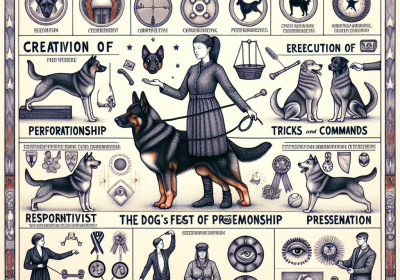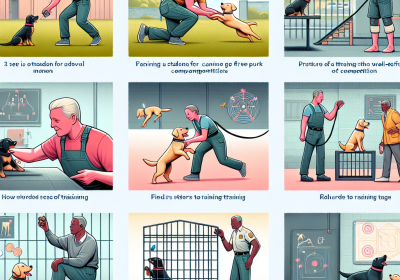Tips for First-Time Competitors in Canine Freework
Table of Contents
- Preparing Your Dog for Their First Canine Freework Competition
- Building Confidence: Training Techniques for First-Time Canine Freework Competitors
Competing in canine freework for the first time can be an exhilarating yet daunting experience for both you and your dog. This sport, which showcases the bond and communication between handler and dog through a series of creative and precise movements, requires preparation, practice, and a deep understanding of your canine partner. To help you navigate your debut in the competitive arena, here are some essential tips for first-time competitors in canine freework. These guidelines will ensure that you and your dog are well-prepared, confident, and ready to shine on the big day.
Evaluating Creativity and Innovation in Canine Freework Routines
In the realm of canine freework competitions, evaluating creativity and innovation in routines is a multifaceted process that requires a keen eye and a deep understanding of both canine behavior and performance art. Judges are tasked with the responsibility of assessing not only the technical execution of the routines but also the originality and inventiveness that competitors bring to the table. This evaluation process is crucial in distinguishing exceptional performances that push the boundaries of traditional canine freework.
To begin with, creativity in canine freework is often gauged by the uniqueness of the routine. Judges look for performances that stand out from the rest, incorporating novel elements that have not been seen before. This could involve the use of unconventional props, innovative choreography, or the introduction of new tricks that challenge the dog’s abilities. The originality of the routine is a key factor, as it demonstrates the handler’s ability to think outside the box and create a performance that captivates the audience and judges alike.
Moreover, the integration of these creative elements must be seamless and coherent. A routine that is disjointed or lacks a clear theme can detract from the overall impact, regardless of how innovative the individual components may be. Therefore, judges pay close attention to the flow of the performance, ensuring that each segment transitions smoothly into the next. This coherence is essential in maintaining the audience’s engagement and showcasing the handler’s ability to craft a well-rounded routine.
In addition to originality and coherence, the level of difficulty is another critical aspect of evaluating creativity and innovation. Judges assess how challenging the routine is for both the dog and the handler. A routine that incorporates complex tricks and advanced maneuvers is often viewed more favorably, as it demonstrates a higher level of skill and training. However, it is important that these challenging elements are executed flawlessly, as any mistakes or hesitations can detract from the overall performance.
Furthermore, the emotional impact of the routine is also taken into consideration. A truly innovative performance is one that evokes a strong emotional response from the audience, whether it be excitement, joy, or awe. Judges look for routines that tell a story or convey a particular theme, using music, props, and choreography to create an immersive experience. The ability to connect with the audience on an emotional level is a testament to the handler’s creativity and artistic vision.
Another important factor in evaluating creativity and innovation is the dog’s engagement and enthusiasm. A routine that showcases the dog’s natural abilities and personality is often more compelling than one that relies solely on technical precision. Judges look for performances where the dog appears to be enjoying themselves and is fully engaged in the routine. This not only highlights the bond between the handler and the dog but also adds an element of authenticity to the performance.
In conclusion, evaluating creativity and innovation in canine freework routines is a complex process that involves assessing originality, coherence, difficulty, emotional impact, and the dog’s engagement. Judges must carefully consider each of these factors to determine which performances truly stand out and push the boundaries of what is possible in canine freework. By recognizing and rewarding these exceptional routines, judges help to inspire future competitors to continue exploring new and innovative ways to showcase their talents.
Preparing Your Dog for Their First Canine Freework Competition
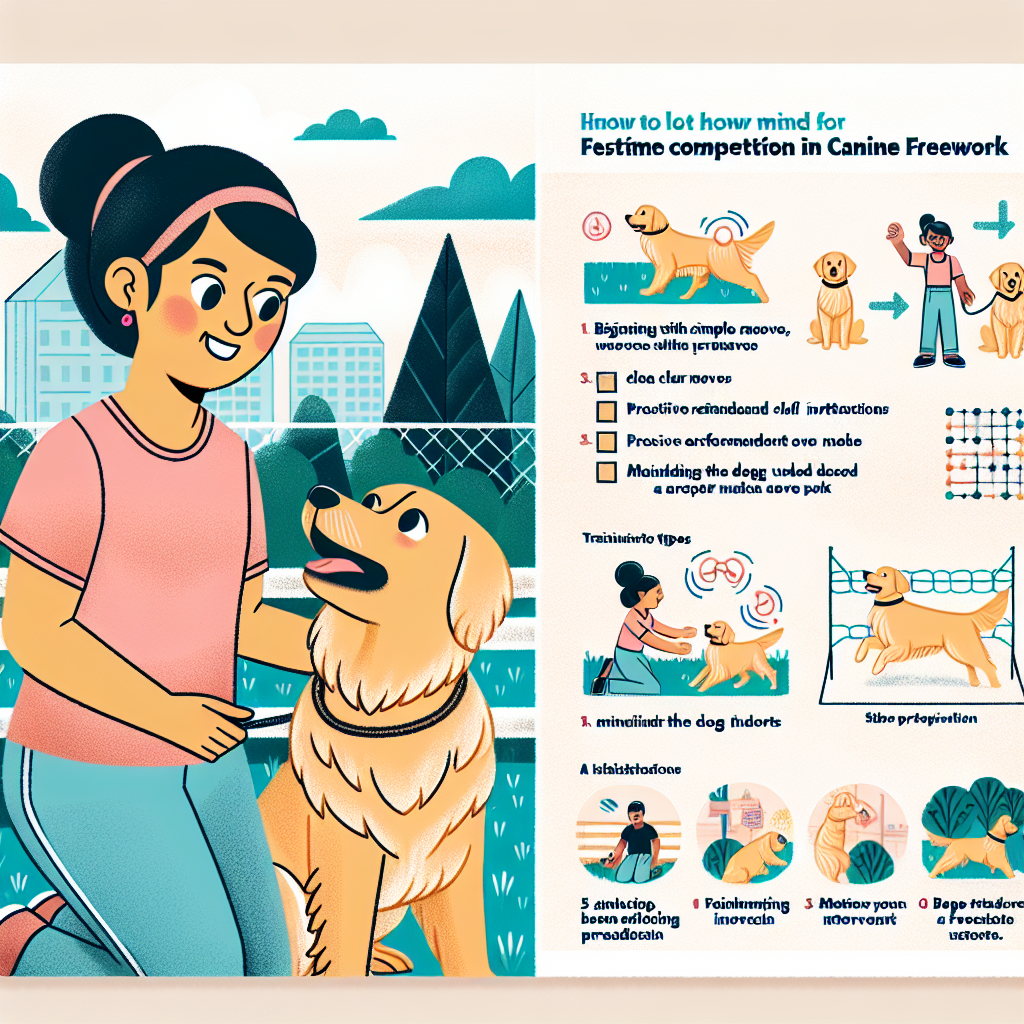
Preparing your dog for their first canine freework competition can be an exciting yet daunting task. This unique sport, which emphasizes creativity and teamwork between handler and dog, requires a blend of physical preparation, mental conditioning, and strategic planning. To ensure a successful debut, it is essential to focus on several key areas that will help your dog perform at their best.
First and foremost, understanding the rules and structure of the competition is crucial. Each event may have specific guidelines regarding the types of movements, props, and music allowed. Familiarizing yourself with these rules will help you design a routine that meets the competition’s standards while showcasing your dog’s strengths. Additionally, attending a few competitions as a spectator can provide valuable insights into what judges look for and how other competitors structure their routines.
Once you have a clear understanding of the competition’s requirements, the next step is to develop a training plan tailored to your dog’s abilities and temperament. Start by breaking down the routine into smaller, manageable segments. This approach allows your dog to learn each component thoroughly before combining them into a seamless performance. Positive reinforcement techniques, such as treats and praise, can be highly effective in encouraging your dog to master new skills and maintain enthusiasm throughout the training process.
Incorporating a variety of exercises into your training sessions is also beneficial. This not only keeps your dog engaged but also helps build the physical stamina and mental focus needed for a successful performance. Agility drills, obedience training, and trick work can all contribute to a well-rounded routine. Moreover, practicing in different environments can help your dog become accustomed to performing in unfamiliar settings, reducing the likelihood of anxiety or distraction during the competition.
Equally important is the bond between you and your dog. Canine freework is a team sport, and a strong, trusting relationship is the foundation of any successful performance. Spend quality time with your dog outside of training sessions to strengthen this bond. Activities such as playtime, grooming, and leisurely walks can enhance your connection and improve communication during the routine.
As the competition date approaches, it is essential to gradually increase the complexity and duration of your training sessions. This helps build your dog’s endurance and ensures they can maintain focus for the entire performance. However, it is equally important to monitor your dog’s physical and mental well-being. Overtraining can lead to fatigue and stress, which may negatively impact their performance. Regular breaks and rest days are crucial to keeping your dog in peak condition.
On the day of the competition, ensure that your dog is well-rested and has had a chance to relieve themselves before entering the ring. A familiar toy or blanket can provide comfort and help reduce anxiety in the new environment. Additionally, arriving early allows your dog to acclimate to the surroundings and gives you time to address any last-minute concerns.
Finally, maintain a positive attitude throughout the competition. Your dog can sense your emotions, and a calm, confident demeanor will help them feel more at ease. Regardless of the outcome, celebrate your dog’s efforts and progress. Each competition is an opportunity to learn and grow, both as a handler and as a team.
In conclusion, preparing for a canine freework competition involves a combination of understanding the rules, developing a tailored training plan, building a strong bond with your dog, and ensuring their physical and mental well-being. By following these tips, you can help your dog perform at their best and enjoy the experience of competing together.
Essential Gear and Equipment for Canine Freework Beginners
When embarking on the journey of canine freework, it is essential for beginners to equip themselves with the right gear and equipment to ensure both safety and success. The selection of appropriate tools not only enhances the training experience but also fosters a stronger bond between the handler and the dog. To begin with, a well-fitted harness is indispensable. Unlike traditional collars, a harness distributes pressure evenly across the dog’s body, reducing the risk of injury and providing better control during intricate maneuvers. It is crucial to choose a harness that is both comfortable and durable, as it will be subjected to various physical activities.
In addition to a harness, a sturdy leash is another fundamental piece of equipment. For beginners, a standard six-foot leash made of nylon or leather is recommended. This length offers a balance between control and freedom, allowing the dog to move naturally while still being within the handler’s reach. As the dog progresses, a longer leash or a retractable one may be introduced to facilitate more advanced exercises.
Furthermore, a variety of toys and rewards are essential for motivating and reinforcing positive behavior. High-value treats, such as small pieces of chicken or cheese, can be particularly effective in capturing the dog’s attention and encouraging them to perform desired actions. Interactive toys, like tug ropes or squeaky balls, can also serve as both rewards and tools for practicing specific skills. It is important to rotate these rewards to maintain the dog’s interest and enthusiasm.
Another critical component of the canine freework toolkit is a set of agility equipment. While it may not be necessary to invest in a full agility course initially, a few basic items such as cones, tunnels, and jumps can significantly enhance training sessions. These tools help in developing the dog’s coordination, balance, and confidence. Additionally, they provide a structured environment for practicing various freework routines.
Moreover, a clicker can be an invaluable aid in training. Clicker training, a form of positive reinforcement, involves using a small device that emits a distinct sound to mark desired behaviors. This method helps in creating a clear communication channel between the handler and the dog, making it easier to teach complex sequences. Consistency in using the clicker is key to its effectiveness, and it should always be followed by a reward to reinforce the behavior.
In terms of safety, a first aid kit specifically designed for dogs is a must-have. Accidents can happen, and being prepared with bandages, antiseptic wipes, and other essential items can make a significant difference in addressing minor injuries promptly. Additionally, having a water bottle and a portable bowl ensures that the dog stays hydrated during training sessions, especially in warmer weather.
Lastly, comfortable and appropriate attire for the handler should not be overlooked. Wearing clothing that allows for ease of movement and sturdy footwear can enhance the handler’s ability to guide and support the dog effectively. Reflective gear may also be considered for visibility during early morning or late evening sessions.
In conclusion, equipping oneself with the right gear and equipment is fundamental for beginners in canine freework. From harnesses and leashes to toys, agility equipment, and safety kits, each item plays a crucial role in facilitating a productive and enjoyable training experience. By investing in these essentials, handlers can set the stage for their dogs to thrive in the world of canine freework.
Building Confidence: Training Techniques for First-Time Canine Freework Competitors
Building confidence in both the handler and the dog is crucial for first-time competitors in canine freework. This discipline, which emphasizes the dog’s natural movements and behaviors, requires a harmonious partnership between the handler and the canine. To achieve this, it is essential to employ effective training techniques that foster trust, understanding, and skill development. One of the foundational steps in building confidence is establishing a strong bond with your dog. This relationship is the cornerstone of successful training and performance. Spend quality time with your dog outside of training sessions to strengthen this bond. Engage in activities that your dog enjoys, such as walks, playtime, and gentle grooming. This will help your dog associate you with positive experiences, making them more receptive to training.
Once a solid bond is established, it is important to introduce your dog to the basic commands and cues that will be used in canine freework. Start with simple commands such as sit, stay, and come. Use positive reinforcement techniques, such as treats and praise, to reward your dog for following these commands. This not only helps your dog learn the commands but also builds their confidence as they receive positive feedback for their efforts. As your dog becomes more comfortable with basic commands, gradually introduce more complex movements and behaviors that are specific to canine freework. Break down these movements into smaller, manageable steps and practice them consistently. For example, if you are teaching your dog to weave through poles, start with just two poles and gradually add more as your dog becomes proficient. This incremental approach prevents your dog from becoming overwhelmed and allows them to build confidence at their own pace.
In addition to practicing specific movements, it is important to expose your dog to different environments and distractions. Canine freework competitions often take place in unfamiliar settings with various stimuli, such as other dogs, people, and noises. Gradually introduce your dog to these types of environments during training sessions. Start with low-distraction settings and gradually increase the level of distraction as your dog becomes more confident. This will help your dog learn to focus on you and the task at hand, regardless of the surrounding environment. Another key aspect of building confidence is ensuring that your dog is physically and mentally prepared for the demands of canine freework. Regular exercise is essential to keep your dog in good physical condition. Incorporate activities that promote strength, agility, and endurance, such as running, jumping, and climbing. Additionally, mental stimulation is important to keep your dog engaged and focused. Use puzzle toys, scent work, and interactive games to challenge your dog’s mind and keep them sharp.
Throughout the training process, it is important to maintain a positive and patient attitude. Dogs are highly perceptive and can pick up on their handler’s emotions. If you become frustrated or anxious, your dog is likely to mirror these feelings, which can hinder their progress. Instead, remain calm and encouraging, even when faced with challenges. Celebrate small victories and be patient with setbacks, as these are natural parts of the learning process. Finally, consider seeking guidance from experienced trainers or joining a canine freework club. These resources can provide valuable insights, support, and feedback to help you and your dog succeed. Training with others also offers opportunities for socialization and exposure to different training techniques and environments. By employing these training techniques and maintaining a positive, patient attitude, first-time competitors can build the confidence needed to excel in canine freework.
Read more about Canine Freework
Canine Freework Competitions
The Ins and Outs of Canine Freework Competitions
Popular Canine Freework Competitions Around the World
How to Train for Canine Freework Competitions
Judging Criteria for Canine Freework Competitions
Tips for First-Time Competitors in Canine Freework


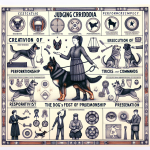

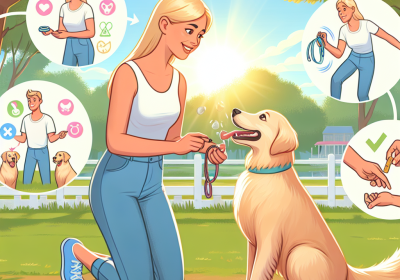
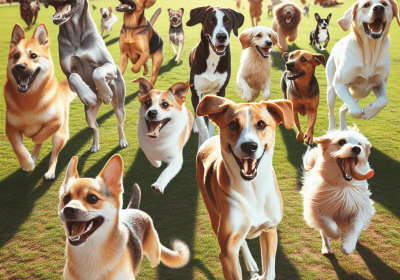
![The Dog Podcast Uncovers Startling Truths About What We Feed Our Dogs [Press Release]](https://theblogwave.com.au/wp-content/uploads/2024/08/canine-food-scaled-400x280.jpg)
